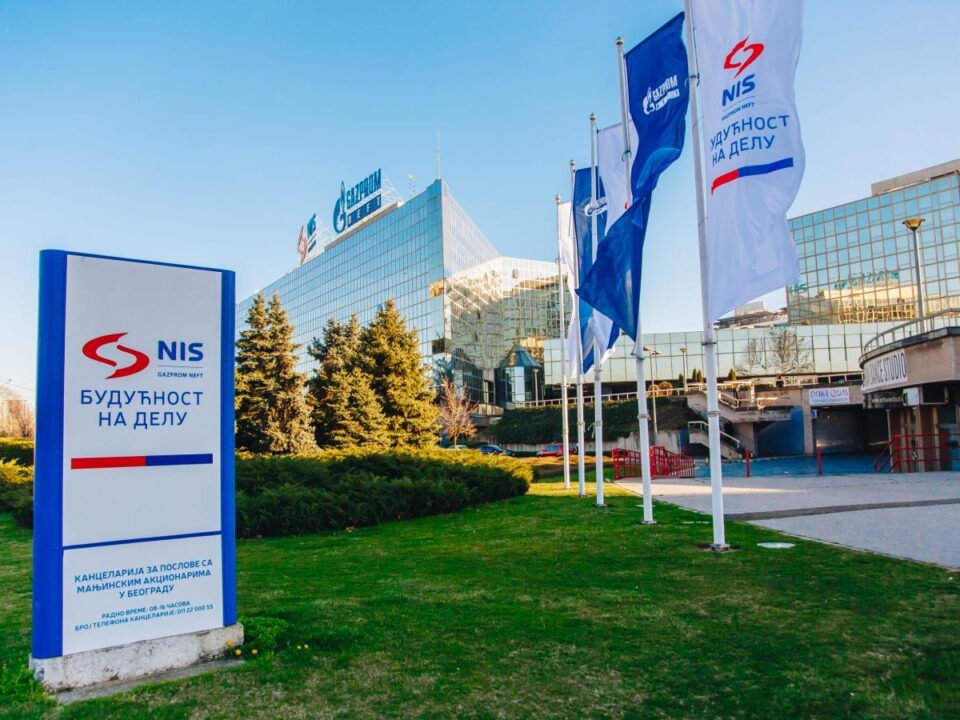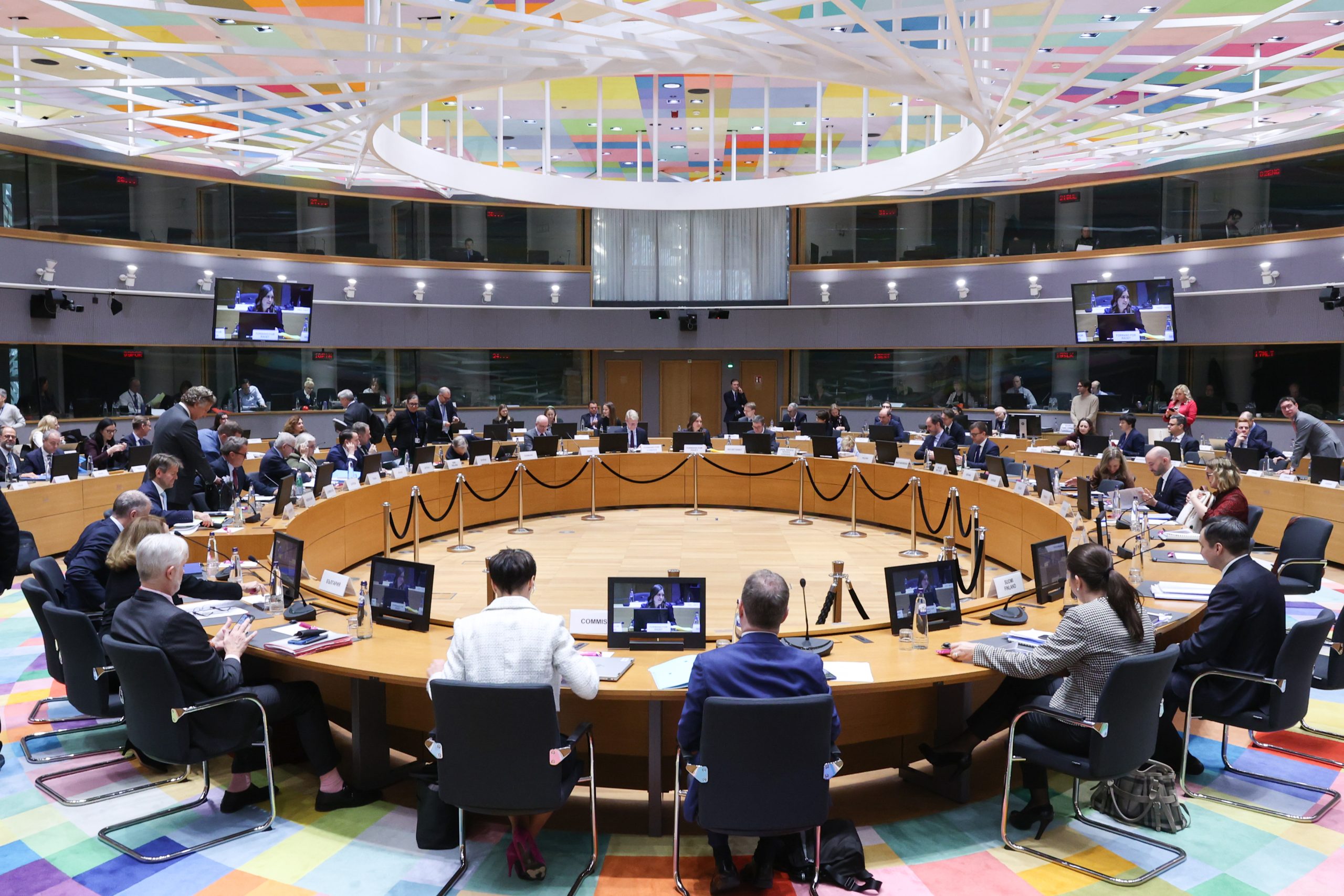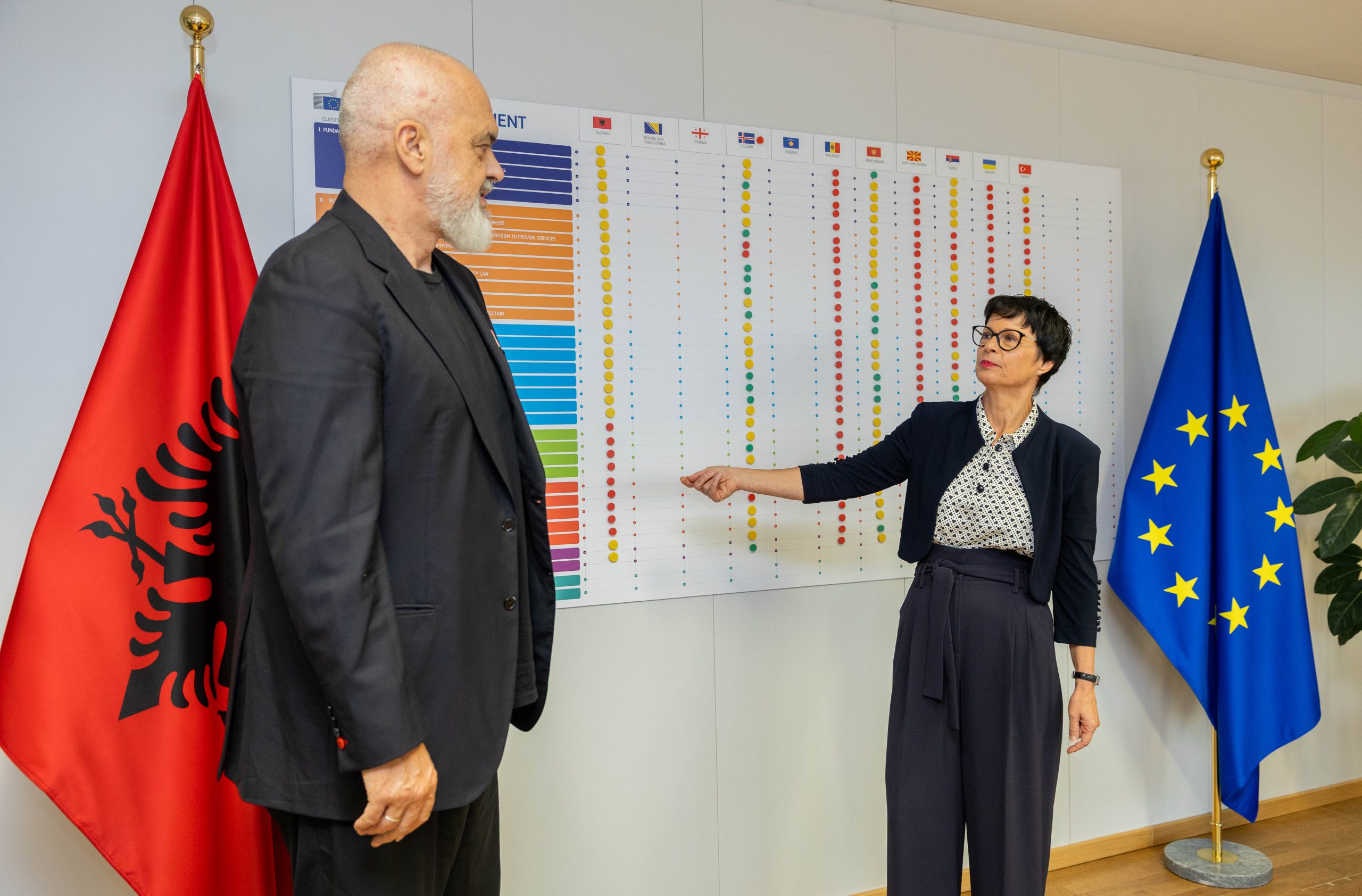BELGRADE – Foreign influence might be a critical external force that maintains the current status quo of the energy transition, is one of the key findings of the latest BiEPAG’s study “Serbia’s Energy Dilemma: Navigating geopolitical tensions, Russian ownership, and the path to renewable transition”.
The author of the study, Vujo Ilić, explained that during the winter of 2021-2022, the energy sector in Serbia faced numerous challenges: malfunction in the major block of the Nikola Tesla Power Plant, underinvestment and mismanagement of publicly owned electrical company EPS and issue with operations of Russian-owned companies in the country. All those events are indicators of an uncertain situation in the Serbian energy sector, while the pace of Serbia’s energy transition is slow.
As the study shows, Russian investment in oil and gas began in 2008 with the international agreement signed in Moscow. The agreement included, among other things, the purchase of 51% of NIS Oil Company by Gazprom Neft. This acquisition was considered controversial by the Serbian public, but most Serbian citizens believed that the investment of Gazprom Neft helped Serbia increase its energy security.
Since its acquisition, NIS has established a dominant position in the oil market: NIS is the only domestic producer of oil derivatives and also owns the largest distribution network in Serbia. When it comes to Russian involvement in gas in Serbia, despite the national gas company – Srbijagas – remaining in majority Serbian public ownership, Gazprom is the only gas supplier, “directly controlling Serbian gas reserves and even parts of the pipelines in Southern Serbia”.
“Gazprom is maintaining its monopoly in the wholesale market and clear dominance in the retail market. Gazprom’s influence over Serbia’s domestic gas company has been exercised through political appointments on the governing boards of subsidiary companies”, study claims.
As the author notes, the involvement of Russia in the gas and oil sectors originated from the same interstate agreements, yet the evolution of each case followed distinct trajectories. After the acquisition by Gazprom Neft, NIS is primarily focused on profit, unlike Gazprom which “maintains a “reserved domain” in the gas sector that is politically kept beyond the reach of authorities”.
The study explains that this difference can be explained in relation to Serbia’s relative dependence on oil and gas. On the one hand, over the last few years, oil has reached Serbia from the global market, mainly from Iraq. On the other hand, Serbia imports gas from Russia through a single route via Hungary.
Diversification of gas suppliers never happened due to several reasons: political benefits, domestic business deals, and Russian strong-arm tactics. The study indicates that the potential shift towards diversification may have been prompted by the Russian invasion on Ukraine, and the feasibility of the interconnector with Bulgaria, enabling Serbia to explore alternative gas suppliers, appears increasingly attainable.
When it comes to energy transition, the share of renewable energy in Serbia’s energy mix has been slowly growing in recent years. Most electricity generated from renewable sources comes from hydropower, and recently small hydro plants have expanded. Also, the focus has recently shifted to solar and wind projects.
However, as study shows, the share of these power sources in electricity production is still minimal. The biggest obstacles to the green energy transition in Serbia are electricity production and domestic coal interests: coal make up two-thirds of the country’s primary energy production, the coal sector is one of the largest employers in Serbia, and this sector has had long-term problems with corruption.
“While Russian interests have focused on ensuring the status quo in the supply of energy from fossil fuels, particularly gas, Russian companies have not impeded the development of “greener” energy options in Serbia”, study notes.
Favorable views of Russia have largely remained consistent with positive attitudes toward Russian investments in the Serbian energy sector. However, as the author claims, “there is more to the geopolitical-environmental nexus in Serbia than a simple translation of political attitudes towards foreign actors into attitudes about investment”.
Although the overall perception of China remains positive in Serbia, recent Chinese investments public has been perceived as depleting resources and damaging the environment. On the other hand, even though there is a strong anti-Western sentiment, the Serbian public identify “Western actors, primarily the EU, as taking the leading role in the development of renewable energy sources in Serbia”.
The study concludes with several policy recommendations: The EU should continue to provide incentives for decarbonization and deter Serbia from further investments in coal, support investments in environmentally friendly energy projects and public awareness and engagement in the energy transition that could help strengthen positive political perceptions and to continue to enable Serbia to achieve natural gas security and supplier diversification.









